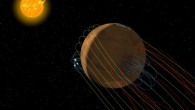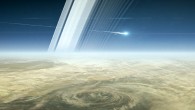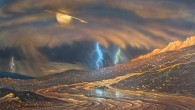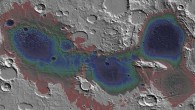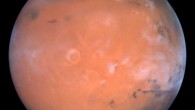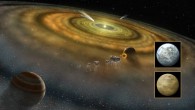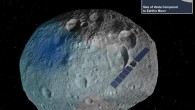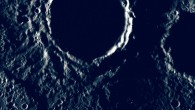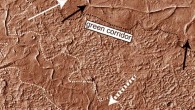About 3.5 billion years ago volcanic activity on Earth’s only permanent natural satellite produced an atmosphere 1.5 times thicker than is currently on Mars, according to new research published in the journal Earth and Planetary Science Letters. Volcanic activity 3.5 billion years ago released 1019 g of volatiles around the Moon. Image credit: NASA. “It just completely changes the way we think of the Moon. It becomes a much more dynamic planetary...


